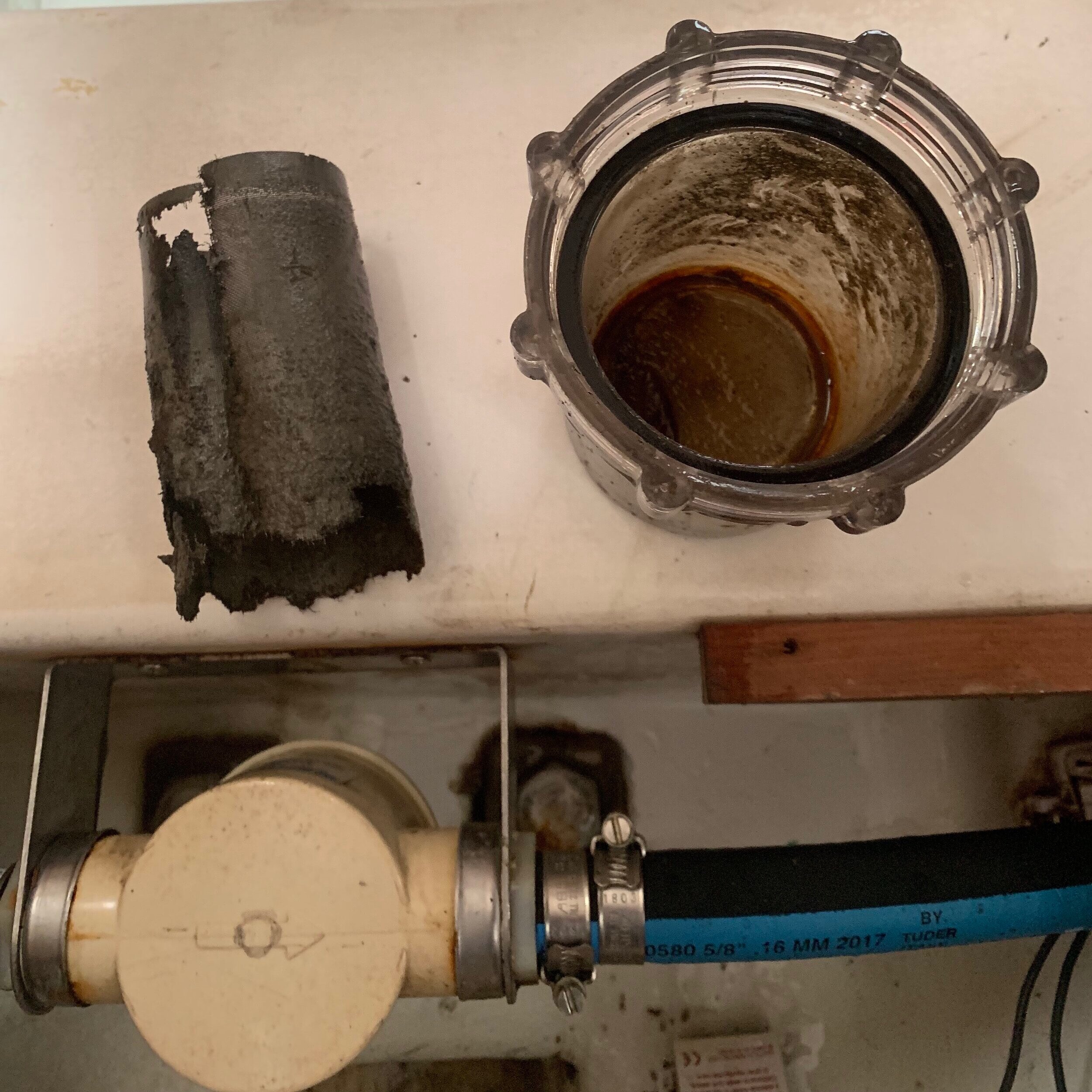The Proactive Approach to Boat Maintenance
Modern cruising yachts have a lot of expensive systems on board such as generators, water makers, refrigeration, and air conditioning, Those are on top of essential systems most boats have: Main propulsion engines, DC electrical and AC electrical systems, water system, fuel distribution system, bilge pumping system, cathodic protection system and head/waste systems. Even well built systems that are in accordance with American Boat Yacht Council (ABYC) standards, need routine maintenance to keep them running trouble free.
Most yacht systems are hidden from plain sight either in an engine room, under a bench or under floor boards. As owners, we often only look at these systems when something stops working. Often times you will find the problem had been an ongoing issue that could have been caught before major damage to that system occurred.
Nice generator installation
But easy to forget to inspect and check the fluids.
Probably the most overlooked and one of the most expensive system on large cruising yachts is the generator. Especially on sailboats, generators are often placed in an inconvenient place for inspection and they are kept in an enclosed sound dampening box. Just like your main engines, it is important to do pre-checks on your generator. Most owners don’t bother with doing their generator pre-checks because it is a hassle to take the sound panels off. It is very important to inspect the generator thoroughly every month. A small salt water leak can destroy your generator in a short time if allowed and do you really want to trust your oil gauge or auto shutdown?
Use a check sheet to inspect your boats systems
It is important to go through your systems every 1-3 months. When inspecting all of your systems, it is helpful to utilize a check sheet. Break down each system and list the inspection steps.
Example:
Diesel engine
Check engine oil level
Check transmission oil level
Check cooling water level
Check belt tension
Inspect all hose clamps and hoses for deterioration
Inspect air filter or screen
Inspect Racor filter bowl for dirt and water, drain if present
Inspect sea water strainer
Cycle thru-hull valves
Start engine and check for cooling water discharge
Check engine for leaks and abnormal operation
Each system should be in your inspection check sheet with it’s inspection criteria. Our check sheets at Proactive Yacht Service inspect all of your boats systems from bow to stern. It’s almost like getting a mini survey done every month. Often times while conducting our check sheet, we find some kind of issue and give recommendations on how to fix the potential problem. Of course our ABYC technicians are always there to help.
Dirty Air Conditioner missing filter screen
Its hard to clean your AC air filter when there isn’t one there. To ensure a long life, make sure AC units have filter screens and are cleaned at least once a month.
Put all your scheduled maintenance into an Excel spreadsheet
Using your boats systems technical manuals, list all the manufacture recommended maintenance into an Excel spreadsheet. Put the due date/hours and last time the maintenance was conducted. On another spreadsheet, complete a maintenance log on anything you do to the boat. If you ever decide it’s time to sell your boat, potential buyers will be impressed by a detailed maintenance log.
Proactive Yacht Service spends a lot of time (that we do not charge extra for) on each of its customers boats creating custom maintenance spreadsheets. We plan on working on your boat for many years and feel it’s important to have detailed maintenance logs.




